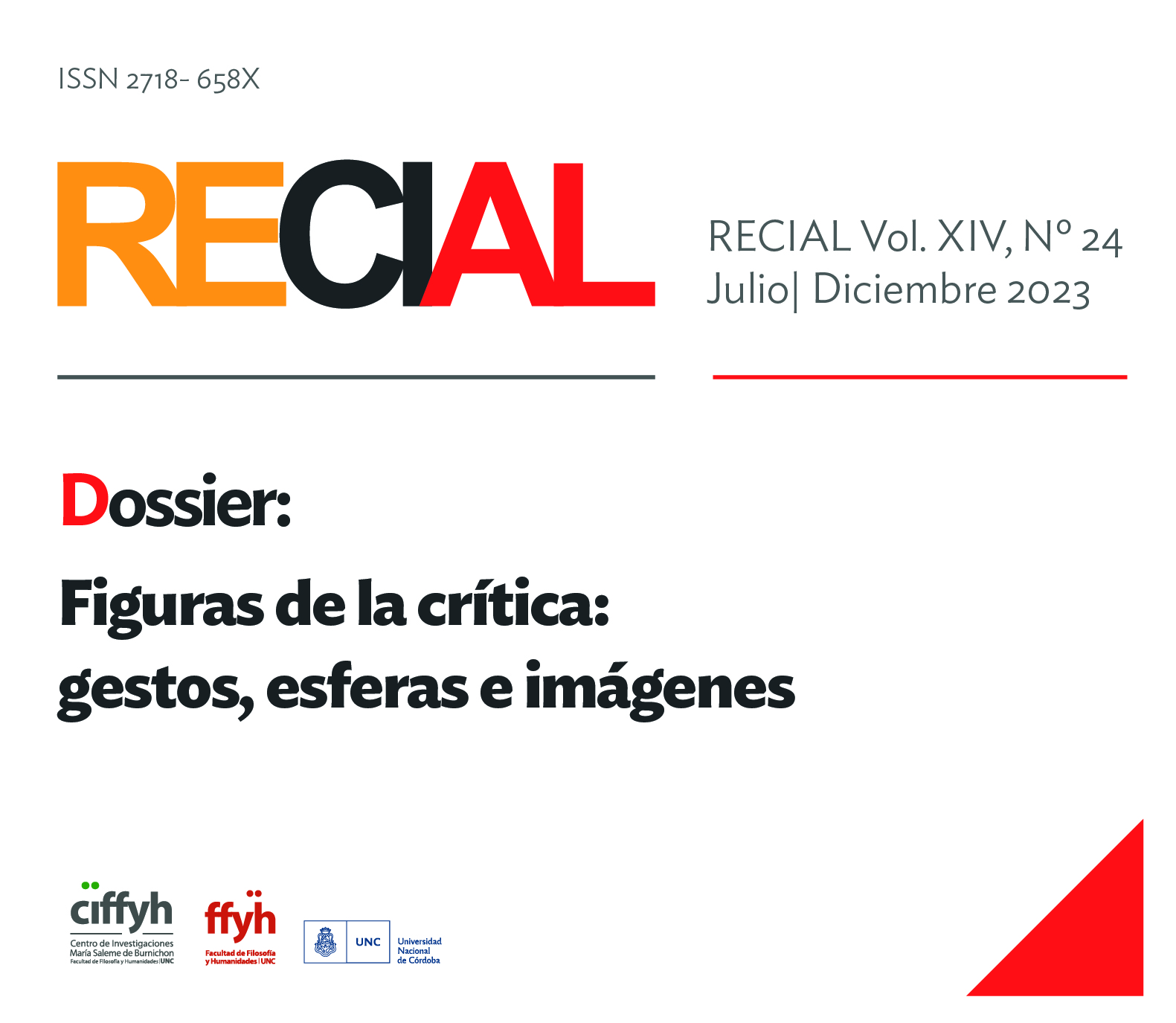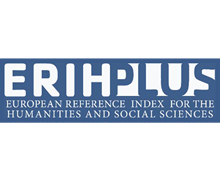Temporal artificiality or magic in the Elven realms in The Lord of the Rings
DOI:
https://doi.org/10.53971/2718.658x.v15.n24.43445Keywords:
time, magic, immortality, Tolkien, Saint AugustineAbstract
In this article we will seek to delve into the temporal problems present in the elven kingdoms (particularly in Lothlórien) of Middle-earth created by the writer J. R. R. Tolkien. The analysis will be carried out from a metaphysical and religious perspective, so we will use concepts and ideas from the Confessions of Saint Augustine. To understand the temporal perception within The Lord of the Rings, it will be necessary to revisit the theme of mortality and immortality, since these are central to the development of the story. The purpose will be to comprehend Lothlórien as an elven creation that functions as a temporal escape within the novel, considering the metaphysical consequences that this presents. Furthermore, we will seek to demonstrate that time turns out to be a central axis in Tolkien's work.
Downloads
References
− AGUSTÍN, S. (2006). Confesiones. Traducción de Gustavo A. Piemonte. Buenos Aires: Colihue.
− ALFAGEME TRIVIÑO, R. (2022). Tolkien y Borges: Una aproximación desde la concepción cristiana del tiempo. (Tesis de licenciatura). Universidad Nacional de Córdoba: Córdoba. Recuperado de: https://rdu.unc.edu.ar/handle/11086/24050
− BARTLETT, S. (1984) "Invasion from Eternity: Time and Myth in Middle-earth," Mythlore: A Journal of J.R.R. Tolkien, C.S. Lewis, Charles Williams, and Mythopoeic Literature: Vol. 10 : No. 3 , Article 5. Recuperado de: https://dc.swosu.edu/mythlore/vol10/iss3/5
− FERRO, J. N. (1996). Leyendo a Tolkien. Buenos Aires: Gladius y Vórtice.
− FLIEGER, V. (1990) "A Question of Time," Mythlore: A Journal of J.R.R. Tolkien, C.S. Lewis, Charles Williams, and Mythopoeic Literature: Vol. 16: No. 3, Article 1. Recuperado de: https://dc.swosu.edu/mythlore/vol16/iss3/1
− MAGNAVACCA, S. (2002). El pasaje de XI, 29, 39 en la estructura de las Confesiones. Teología y Vida. Vol. XLIII, pp. 269-284. Recuperado de: chrome-extension://efaidnbmnnnibpcajpcglclefindmkaj/https://www.redalyc.org/pdf/322/32243310.pdf
− ODERO, J. M. (1987). J. R. R. Tolkien. Cuentos de Hadas. Pamplona: Ediciones Universidad de Navarra, S. A. (EUNSA).
− PEARCE, J. (2001). J. R. R. Tolkien. Señor de la Tierra Media. Traducción de Ana Quijada. Barcelona: Minotauro.
− ROSEGRANT, J. (2015) "Tolkien's Dialogue Between Enchantment and Loss", Mythlore: A Journal of J.R.R. Tolkien, C.S. Lewis, Charles Williams, and Mythopoeic Literature: Vol. 33: No. 2, Article 11. Recuperado de: https://dc.swosu.edu/mythlore/vol33/iss2/11
− SCULL, C. y HAMMOND, W.G. (2006). The J.R.R. Tolkien Companion and Guide - Reader’s Guide. Boston: Houghton Mifflin.
− TOLKIEN, J. R. R. (2021). El Silmarillion. Traducción de Rubén Masera y Luis Doménech. Buenos Aires: Minotauro.
……………………(1973). The hobbit. Ballantine Books: New York.
…………………….(2007a). The Lord of the Rings. London: HarperCollinsPublishers.
……………………….(2007b). Árbol y hoja y El poema Mitopoeia. Traducción de Julia César Santoyo y José María Santamaría. Buenos Aires: Minotauro.
…………………….(1981). The Letters of J. R. R. Tolkien. Edited by Humphrey Carpenter with the assistance of Christopher Tolkien. London: Allen & Unwin.
Published
How to Cite
Issue
Section
License

This work is licensed under a Creative Commons Attribution-NonCommercial-ShareAlike 4.0 International License.
Aquellos/as autores/as que tengan publicaciones en esta revista, aceptan los términos siguientes:
- Los/as autores/as conservarán sus derechos de autor y garantizarán a la revista el derecho de primera publicación de su obra, el cuál estará simultáneamente sujeto a la Licencia de reconocimiento de Creative Commons que permite a terceros compartir la obra siempre que se indique su autor y su primera publicación esta revista.
- Los/as autores/as podrán adoptar otros acuerdos de licencia no exclusiva de distribución de la versión de la obra publicada (p. ej.: depositarla en un archivo telemático institucional o publicarla en un volumen monográfico) siempre que se indique la publicación inicial en esta revista.
- Se permite y recomienda a los/as autores/as difundir su obra a través de Internet (p. ej.: en archivos telemáticos institucionales o en su página web), luego de su publicación en la revista. (Véase El efecto del acceso abierto).























